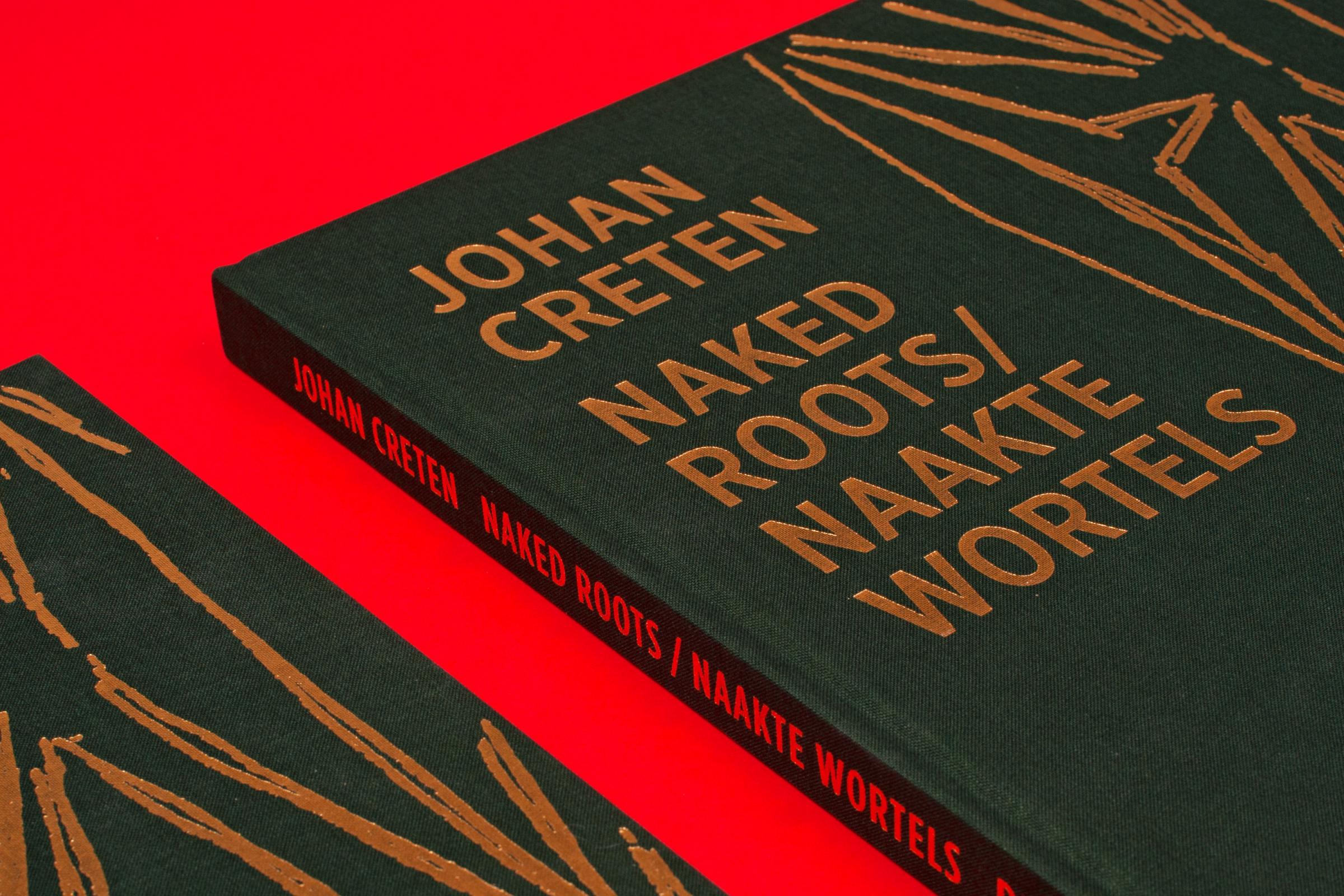
Catalog published on the occasion of the solo-exhibition of Johan Creten
“La Traversée / The Crossing”
at the Regional Center of Contemporary Art Occitania, in Sète
“La Traversée /
The Crossing”
Sète,
France
2017
Curated by Noëlle Tissier, director of the CRAC, this large-scale exhibition brings together more than 60 works. The exhibition La Traversée by Johan Creten proposes an initiatory journey through creations that illustrate the mystery of nature where flowers and seaweed are confronted with a strange and fascinating bestiary, elevating beauty to the rank of saving force. The exhibition presents exceptional sculptures, some of which were created with the Manufacture Nationale de Sèvres, illustrating the artist's genius and passion for ceramics and bronze.
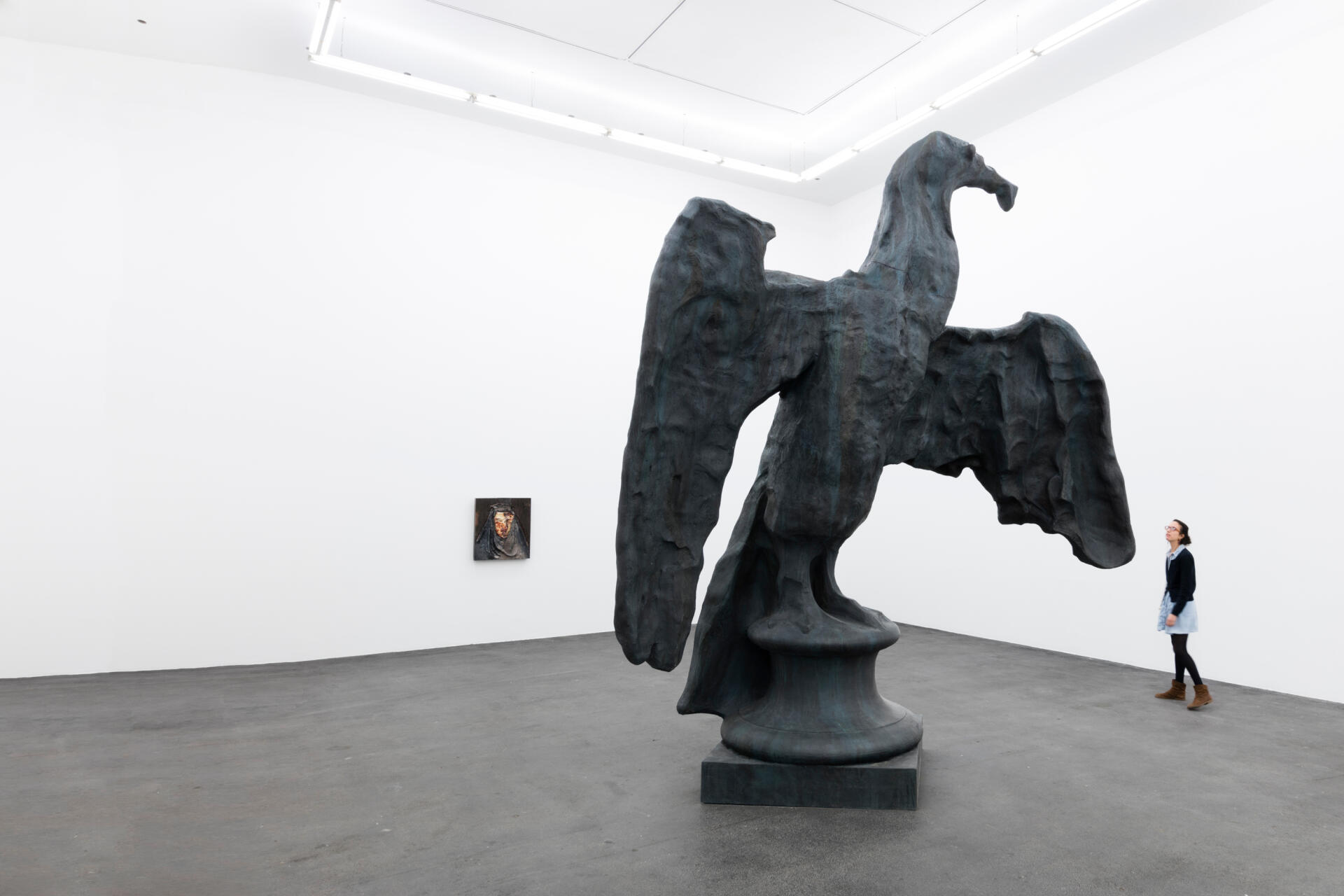

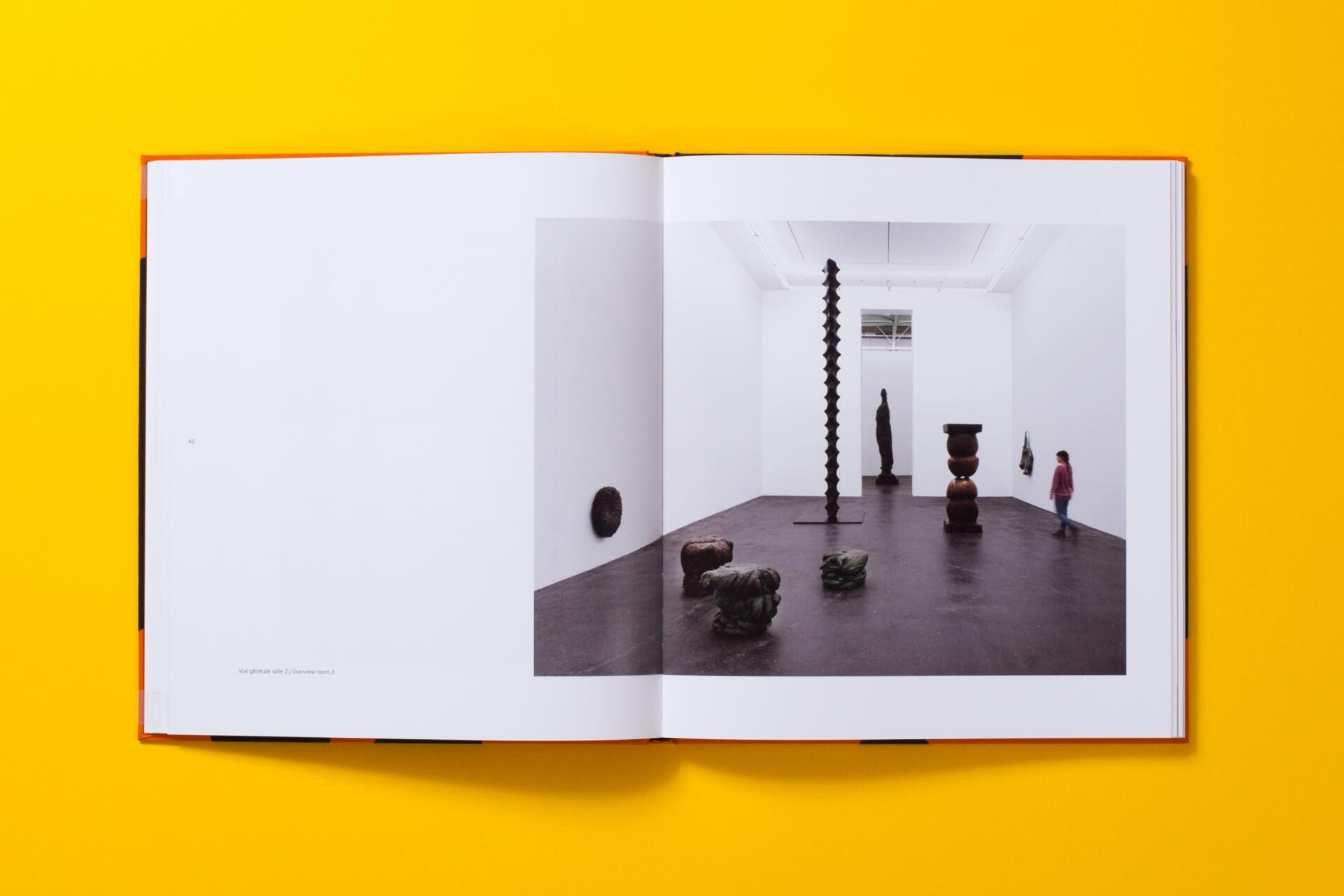
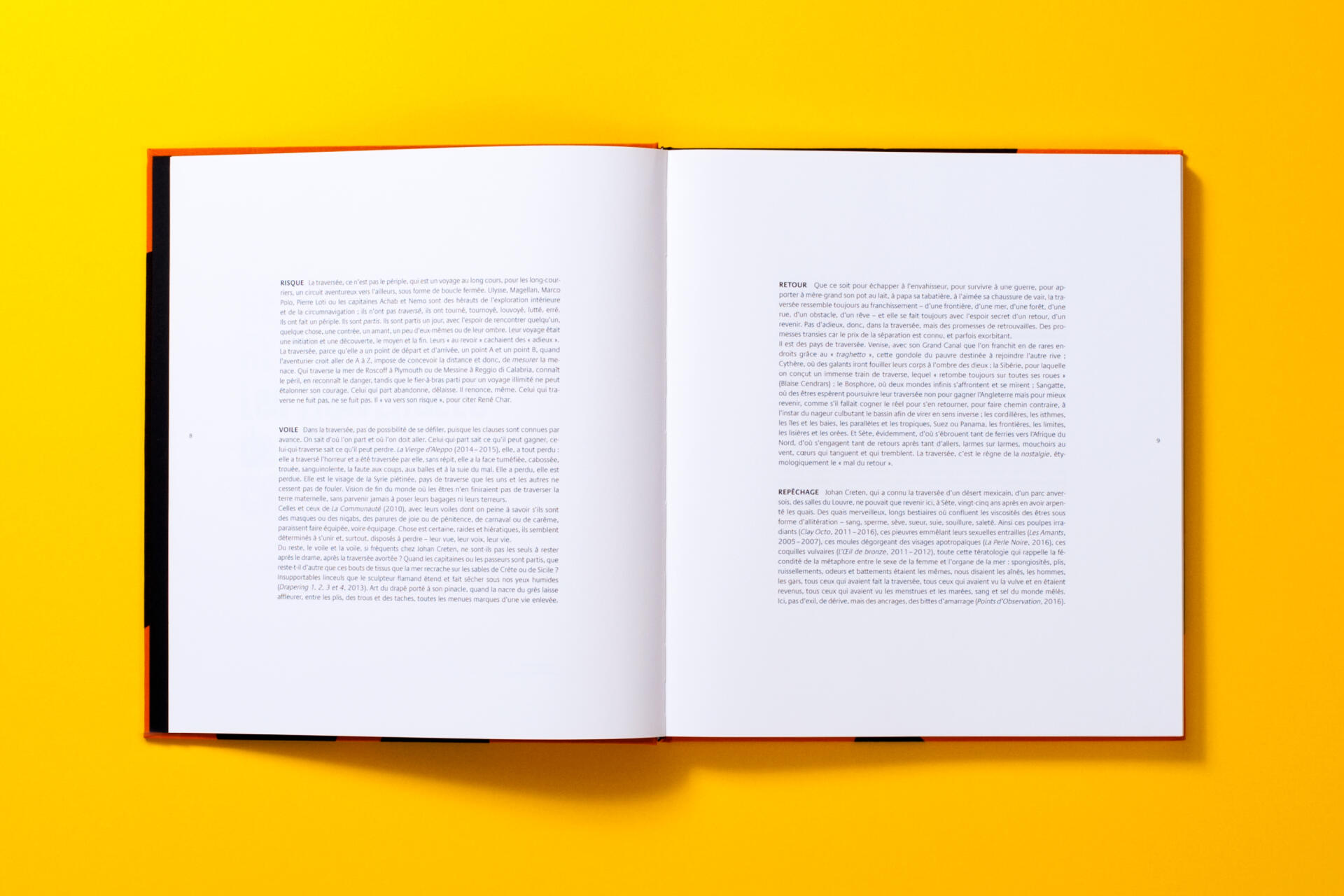
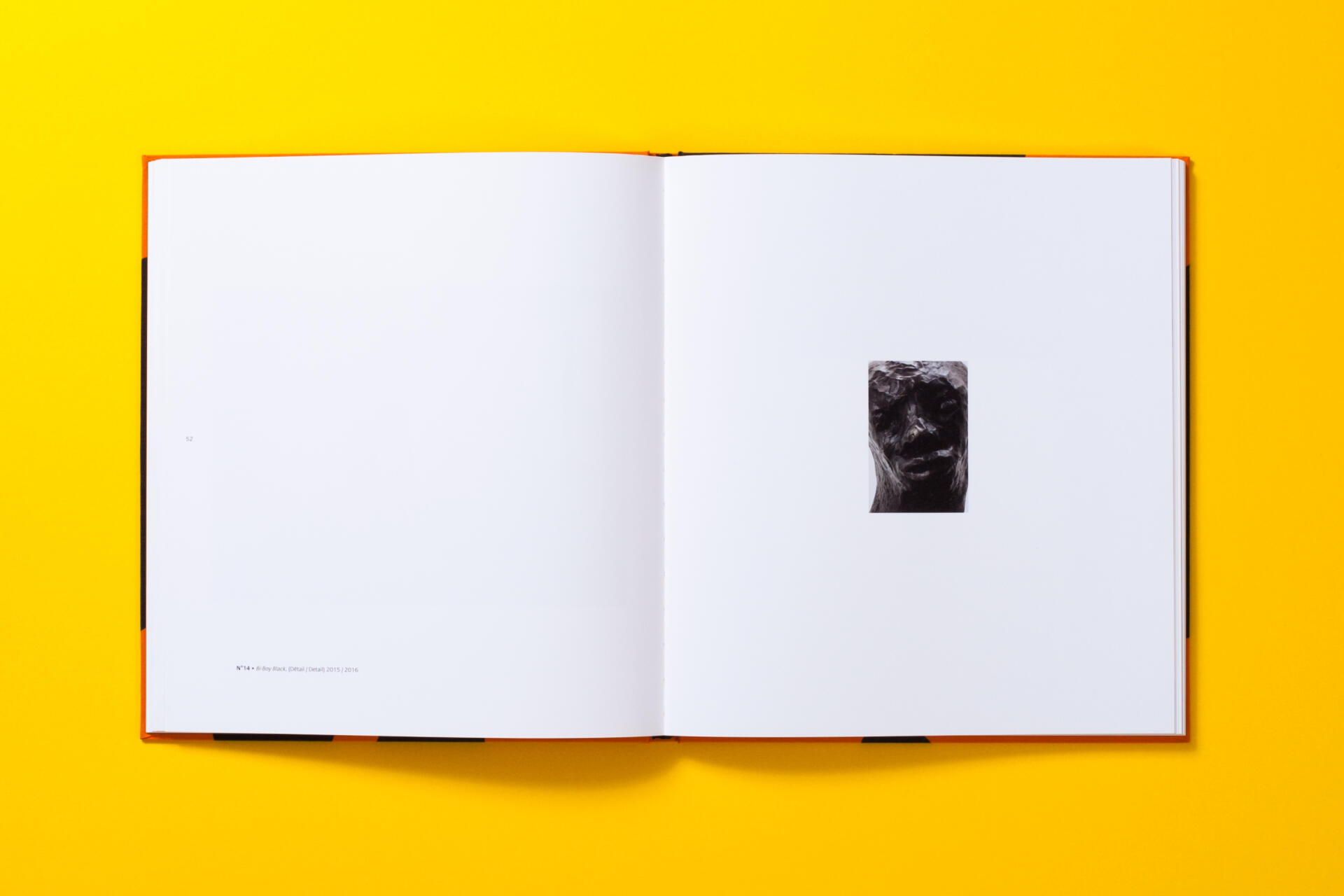
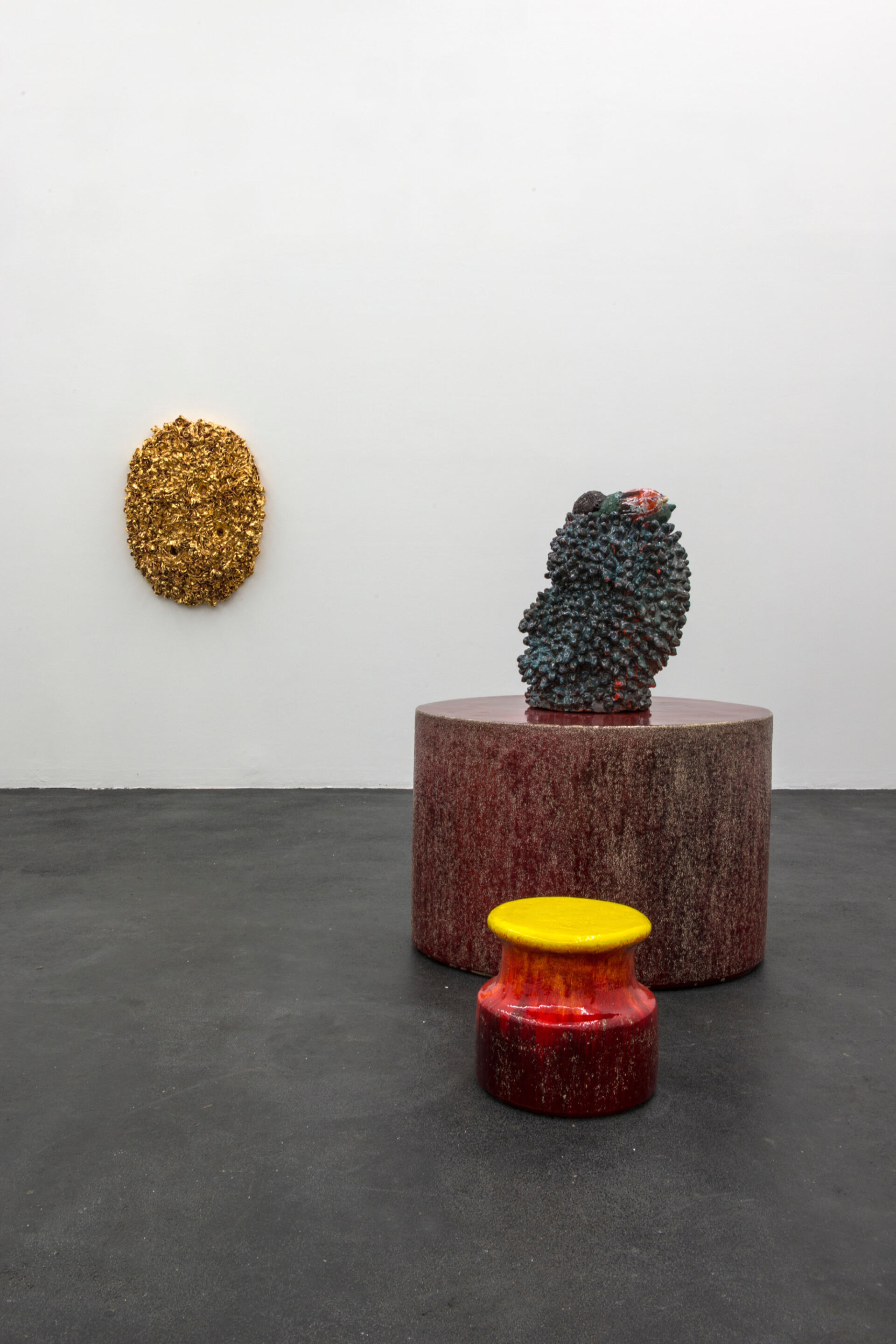
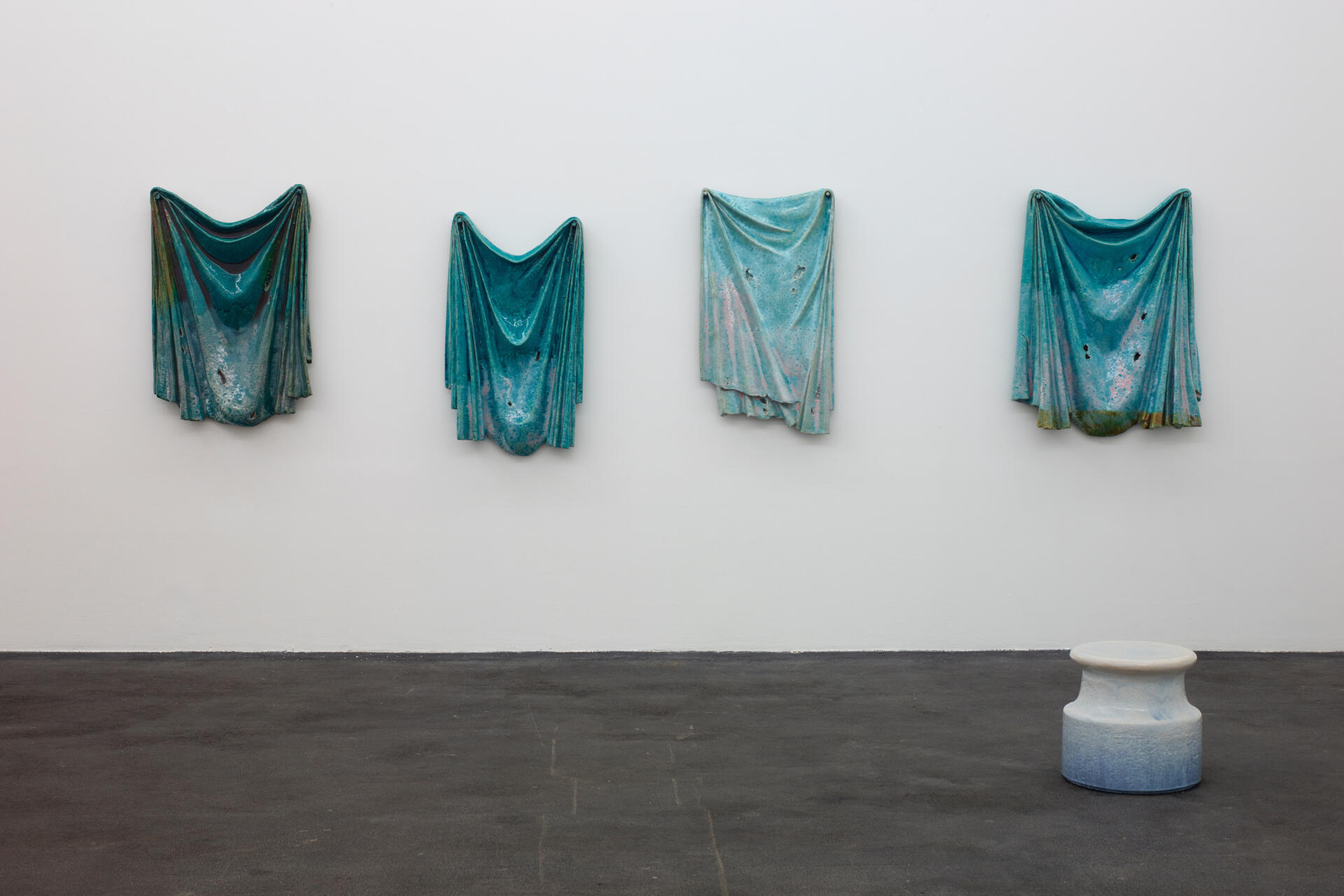
“The French language classes the word 'traversée' (crossing) as feminine, as though to contradict the general belief that would see in it a journey that is prosaically virile, a challenge for intrepid men.
No, the traversée, the crossing is the territory of the feminine and the mother, a journey towards the source, the womb, the intrinsic roots. It is not male perspiration, it is the Odore di Femmina (1991). It is neither an act of bravado nor an adventure, but the melancholy quest for the lost country. The suffix 'ée', which reduplicates the same vowel and consolidates the female ending, places the traversée in line with the virée (trip), the épopée (epic), the odyssée (odyssey). Feminine, the traversées are beautiful like enjambées (strides) and mad like équipées (undertakings); they smack of spirit and mutual aid; they partake of collective history, and this, against the individual feat, the solitary journey.
The boat people of Vietnam, the solar barges of the Egyptians, the corsairs of Saint-Malo, the Chevaux de Troie (1992 – 1993): they have all made a traversée, a crossing, from one place to another, not with the intention of discovering – these are never adventurers that thrust out their chests – but of disentangling – their lives, their stories. As do the she-wolves, the lionesses and the praying mantises, the female dogs and cats, all the vestal virgins capable of increasing the number of crossings, at the risk of losing everything, of losing oneself.”
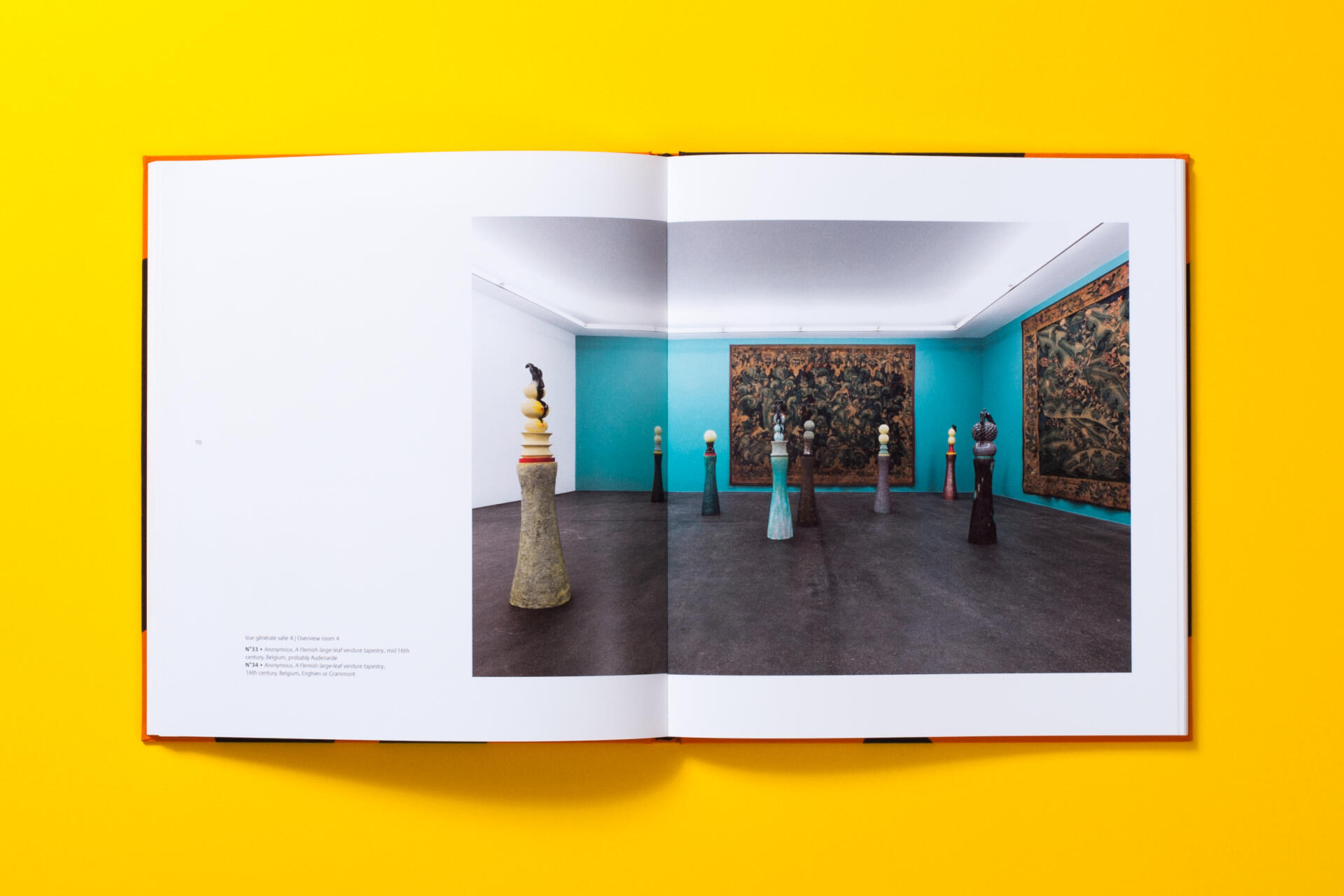
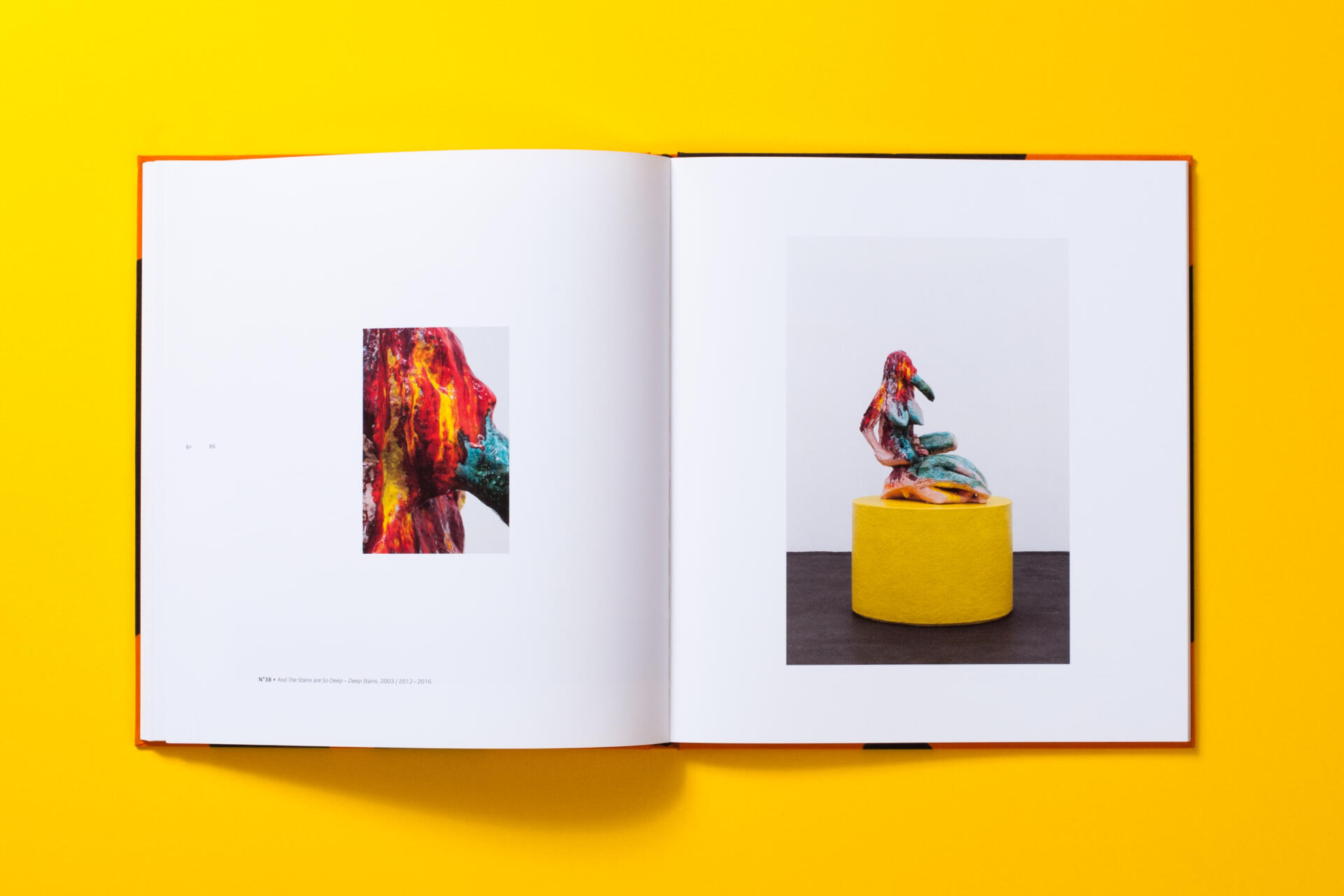
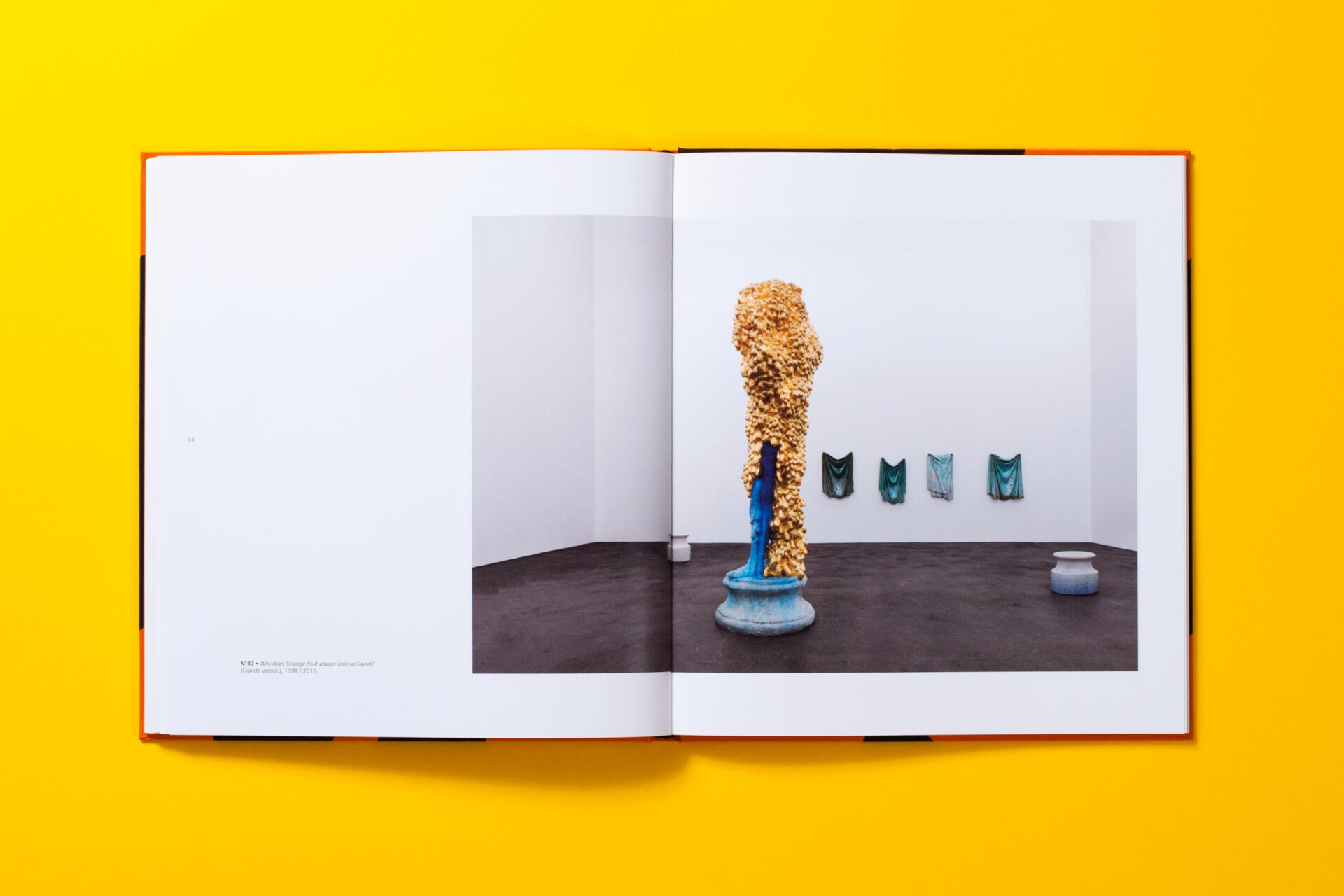
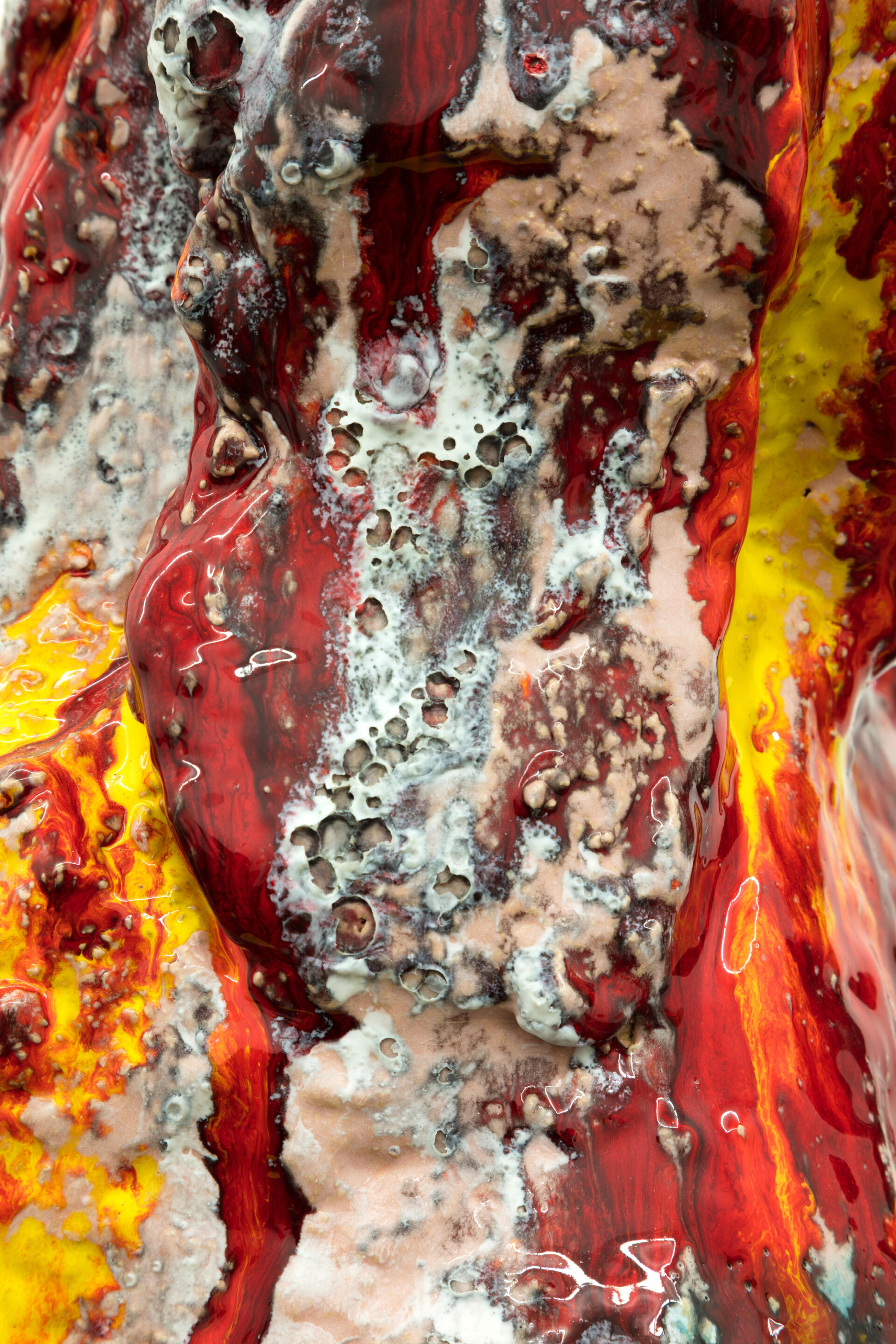
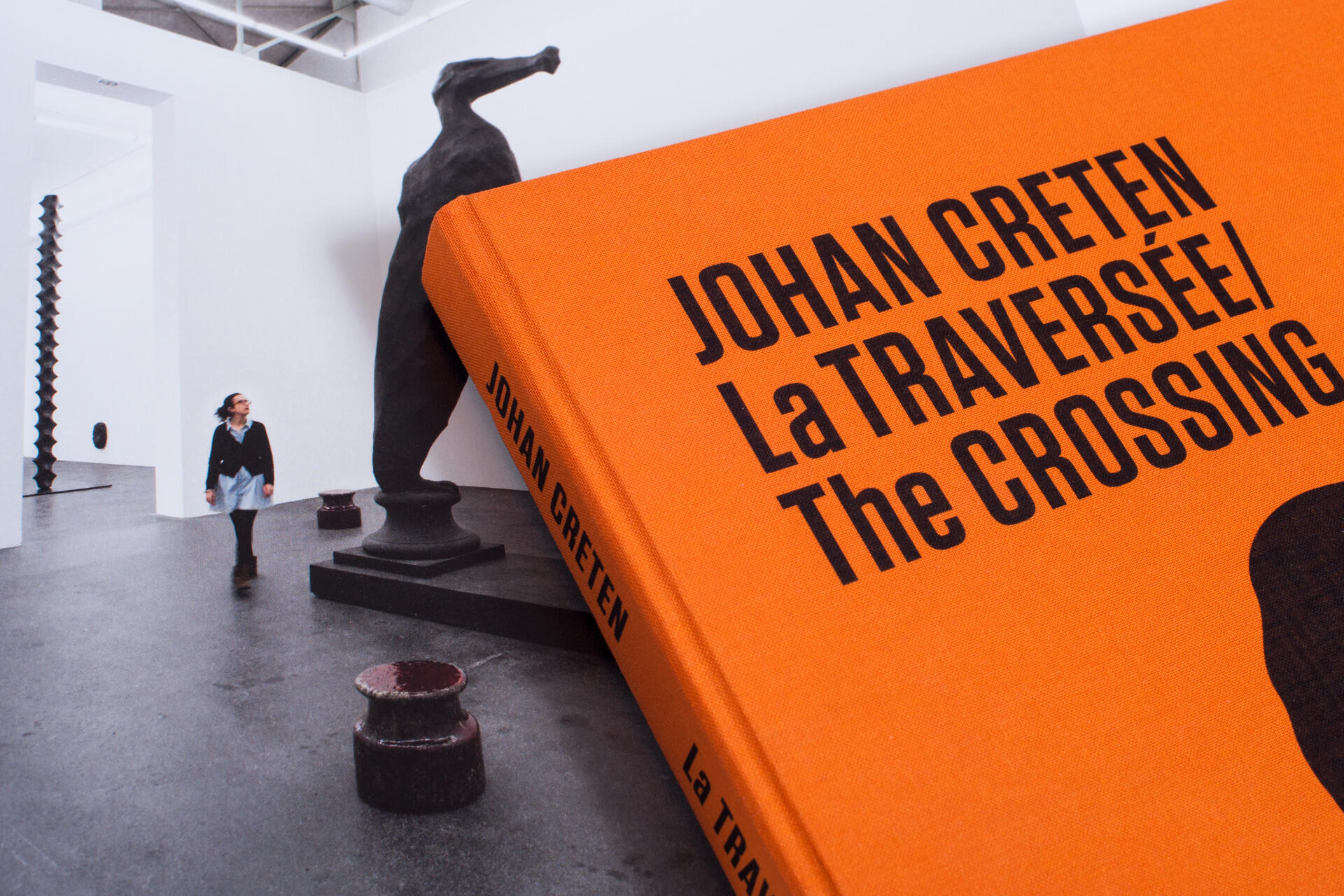
- TEXTS
Colin Lemoine (Curator of the Bourdelle Museum in Paris)
Language : French / English
- FORMAT
28 x 31,5 cm
French format
140 pages
- BINDING
Book sewn square back cardboard
- PAPER
Modern matte coated paper 170 mg/m2
- PRINT
HUV Offset
- COPIES
1.500 copies
- ISBN 978-2-9554245-1-3
- Published by
Studio Creten © 2017
